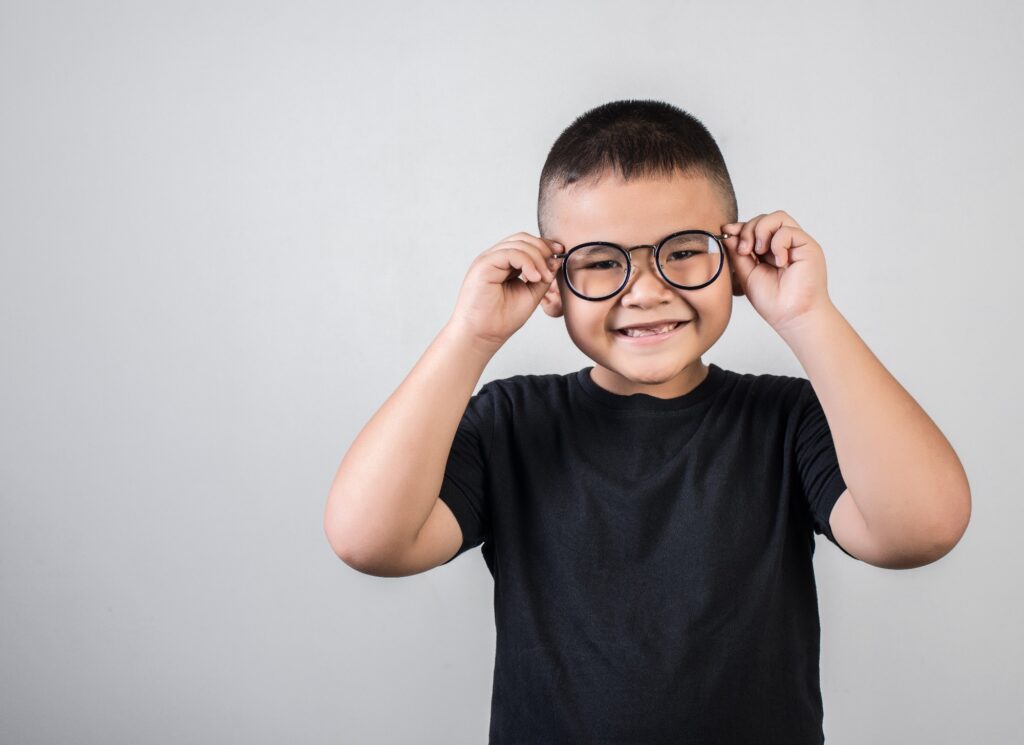Myopia, often known as short-sightedness, is on track to overtake cataracts as the primary cause of irreversible blindness throughout the globe. It is anticipated that by the year 2050, around fifty percent of the world’s population would be afflicted, with approximately ten percent of those affected having the severe type.
Sydney Eye Clinic reported this trend is a significant problem since early onset of myopia in children can lead to more severe cases of the condition later in life.
Myopia in its most severe form, often known as extreme myopia, has been linked to a number of eye diseases that might endanger a person’s vision. It is anticipated that more than fifty percent of people living in Australia will have myopic vision by the year 2050.
The situation will be the same in Australia. It is strongly recommended that parents educate themselves about myopia and the preventative measures they may take to lessen the likelihood that their kid will acquire the disease.
We have taken due diligence to publish articles such as this to help you live a healthy life. Our Personal Eye doctors are professionals who create medium for eye health through laser vision correction, various laser treatment and surgeries in New South Wales and the rest of Australia.
Eye patients have been choosing eye drops, intravitreal injections, and surgeries such as pterygium surgery, LASIK surgery and other latest technology for eye conditions. we hope that you will find this post about myopia in children written by our refractive surgeons, resourceful.

What exactly is myopia in children?
Myopia is a form of refractive error that happens when the shape of the eyeball causes light rays to focus in front of the retina, rather than directly on it. This results in blurry vision.
The end effect is vision at a distance that is fuzzy and out of focus. Myopic eyes tend to be noticeably longer and more elongated than those of those who do not have the condition.
Myopia is referred to as “child myopia” when it occurs in a person who is under the age of 18, i.e., while they are still in school. Because of this, the condition is also referred to as “school myopia” at times. The diagnosis of myopia in children most frequently occurs during childhood.
What are the causes of myopia in children?
Every Children has a chance of having myopia at some point throughout their lives. Children who live in metropolitan surroundings and children who have first-degree relatives who have myopia have a significantly increased risk of having the condition themselves.
It is also greater in several ethnic groups, particularly in people of East Asian descent. Children who have parents who suffer from short-sightedness have a significantly increased chance of developing the condition themselves.
Your child’s chance of developing myopia can also be increased by variables related to their lifestyle, such as: insufficient time spent outside; lack of exposure to natural sunshine; extended amounts of time spent concentrating on near-vision activities, such as reading or using electronic devices.
What are the dangers over the long term?
Myopia, especially in its lesser variants, normally does not pose a substantial risk to your child’s long-term health. On the other hand, the problem is frequently progressive, which means that it gets worse over time as the eye continues to develop and mature. This encompasses the time during puberty, which is characterised by fast physical growth.
High myopia is the most severe type of the eye condition. A high degree of myopia is linked to an increased likelihood of acquiring major eye problems later in life, such as retinal detachment, glaucoma, cataracts, and myopic macular degeneration.

Can myopia in children be treated or cured?
Myopia in children is permanent; however, there are therapies available that can restore a child’s ability to see in the distance, such as wearing glasses or contact lenses. On the other hand, these do not prevent myopia from progressing further. Because children’s eyes continue to develop into early adulthood, corrective eye surgery for children, such as laser eye surgery, is not typically suggested.
Alternately, corneal-reshaping contact lenses and specialised multifocal lenses (glasses or contact lenses) have been proven to halt the advancement of the disorder. Both of these types of lenses are available (orthokeratology or Ortho-K).
The corneal surface can be temporarily reshaped with the use of Ortho-K lenses, which are worn at night and removed in the morning to prevent the need for corrective eyewear during the day.
Several significant clinical trials have demonstrated that administering a modest dosage of atropine (0.01%), at the rate of one drop per day, is helpful in preventing or slowing the progression of myopia. After the age of 18, your child’s eyes will normally stabilise, at which point laser eye surgery may be explored for vision correction.
Even though vision correction surgery could eliminate the need for corrective glasses or contact lenses, there is still a lifetime risk of developing sight-threatening problems.

Can myopia in children be avoided by any means?
You may lessen the likelihood that your kid will acquire myopia by reducing the amount of time they spend engaging in activities that require close vision, such as reading or using electronic devices. Additionally, children should spend a significant amount of time outside, preferably twice every day.
Increased blood levels of vitamin D, which is essential for supporting healthy bone and muscular health, is one of the additional health benefits that this has to offer in addition to its other positive effects.
Early identification offers the best chance for children who have already developed myopia to slow down its growth and reduce the risk of major consequences later in life. This is especially true for children who are diagnosed with myopia at a younger age.
An optometrist should do a vision exam on a child before they start school, and then on a consistent basis at regular intervals of every two years after that. If it is determined that the myopia is getting worse, it is critical to have a conversation about the many methods in which further progression might be avoided.
What about Children With both short-sightedness and Farsightedness?
The condition known as astigmatism causes vision to be distorted because the cornea of the eye is not curved normally. Astigmatism is another prevalent kind of refractive error, and it is more likely to occur in children whose primary refractive defect is myopia. Both short-sightedness and farsightedness can be corrected using eyewear such as glasses or contact lenses.
Lastly
If you are having any question or inquiry about how to have a correct vision, cataract surgery, Laser eye surgery, laser vision correction, diabetic retinopathy, franzco medical retina, minimally invasive glaucoma surgery, normally clear lens, vision loss, retinal conditions, short sightedness, – you should get in touch with us via our Personal Eyes website to book your free assessment today.
Consider the factors outlined in this blog post, weigh the pros and cons, and most importantly, consult with a Sydney cataract surgeon at Personal Eyes before making the final decision.
More to read: What to Know About LASIK Consultation and Some FAQs on Its Surgery

